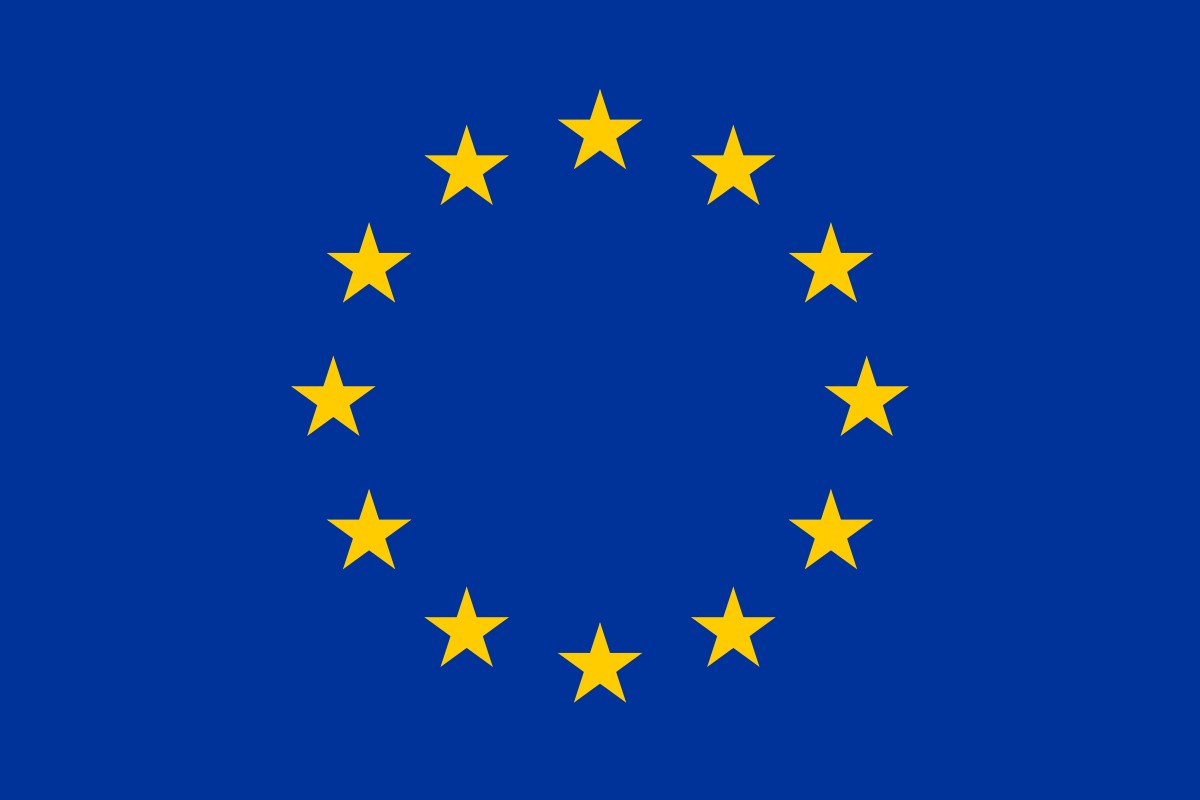Planning a trip to Europe as an American citizen? Understanding the Schengen Area and its requirements is crucial for a smooth journey. This guide provides essential information on passport validity, visa regulations, and other vital details to help you navigate your European adventure.
The Schengen Agreement allows citizens of certain countries, including the United States, to travel freely within the Schengen Area for up to 90 days for tourism or business purposes, without internal border checks. It’s essential to understand the rules and regulations to avoid any issues upon arrival or during your stay.
Understanding the Schengen Area
The Schengen Area consists of most European countries and includes four non-EU states: Iceland, Norway, Switzerland, and Liechtenstein. This agreement eliminates the need for internal border checks, allowing for seamless travel between these countries. However, it’s crucial to remember that the agreement has specific requirements for entry and stay duration.
Passport Requirements for Americans Traveling to Europe
Your passport is your key to international travel, and it’s vital to ensure it meets the Schengen Area’s requirements. Here’s what you need to know:
- Passport Validity: Ensure your passport has at least six months of validity remaining from your intended date of entry into the Schengen Area.
- Expiration Date: Double-check the expiration date, especially for minors’ passports, which are often valid for only five years.
- Carry Your Passport: Always carry your passport when traveling between Schengen countries, even if border checks aren’t visible, as officials can reinstate them without notice.
A valid U.S. passport is essential for travel to Europe, ensuring compliance with Schengen Area regulations.
Failure to meet these requirements may result in:
- Airline refusal at your point of origin or during transfers.
- Denial of entry into the Schengen Area.
It’s recommended to check the specific passport validity requirements for each country you plan to visit on the U.S. Department of State’s country pages.
Visa Requirements for Americans in Europe
For short-term tourism or business trips, Americans generally don’t need a visa for the Schengen Area. Here’s a breakdown:
- 90-Day Limit: With a valid U.S. passport, you can stay in the Schengen Area for up to 90 days within any 180-day period.
- The 90/180 Rule: This means you must wait an additional 90 days outside the Schengen Area before re-entering.
- Longer Stays: If you plan to stay longer than 90 days, you’ll need a visa. Contact the embassy of the country where you intend to spend the majority of your time to apply.
Applying for a Schengen visa may be necessary for stays exceeding 90 days, requiring careful attention to the regulations.
Keep in mind that Schengen countries can temporarily reinstate internal or external border controls without prior notice. Always carry your U.S. passport when entering, leaving, or traveling within the Schengen Area.
Entry Requirements for the Schengen Area
To ensure a smooth entry into the Schengen Area, be prepared to present the following:
- Valid U.S. Passport: With at least six months of validity remaining.
- Sufficient Passport Validity: Ensure your passport is valid for each country you plan to visit.
- Justifiable Purpose of Travel: Be ready to explain the reason for your trip (tourism, business, etc.).
- Proof of Financial Resources: Demonstrate that you have enough funds to cover your expenses during your stay.
- Compliance with Entry Requirements: Meet all entry requirements for each country you plan to visit or transit through.
Traveling Within Schengen Countries
Once you’re inside the Schengen Area, traveling between countries is generally seamless. However, remember to:
- Carry Your Passport: Have your passport with you in case internal borders are reinstated unexpectedly.
- Be Aware of Local Laws: Familiarize yourself with the laws and customs of each country you visit.
Schengen for Students, Interns, and Workers
If you’re planning to study, intern, or work in the Schengen Area, the rules may be different.
- Check Visa Requirements: Contact the embassy of the specific country to determine if you need a visa for your intended activity.
- Obtain Visa Before Travel: If required, obtain your visa before traveling to any Schengen country.
What To Do If You Are Denied Entry
While rare, being denied entry can happen. If this occurs:
- U.S. Government Assistance: The U.S. government can provide you with contact information for foreign embassies.
- Legal Assistance: They can also provide information on hiring an English-speaking foreign attorney.
- Limitations: Note that the U.S. government cannot influence a foreign government’s decision or intervene in their legal procedures.
 European Flags
European Flags
Schengen Area Member Countries
Here is a list of countries that are part of the Schengen Agreement:
- Austria
- Belgium
- Croatia
- Czech Republic
- Denmark
- Estonia
- Finland
- France
- Germany
- Greece
- Hungary
- Iceland
- Italy
- Latvia
- Liechtenstein
- Lithuania
- Luxembourg
- Malta
- Netherlands
- Norway
- Poland
- Portugal
- Slovakia
- Slovenia
- Spain
- Sweden
- Switzerland
Planning Your Trip with Confidence
Traveling to Europe as an American can be an enriching experience. By understanding and adhering to the Schengen Area requirements, you can ensure a smooth and enjoyable journey. Always double-check the latest guidelines and regulations from official sources before your trip.
Before you embark on your European adventure, make sure you have:
- A Valid Passport: With at least six months validity.
- Visa (If Required): Based on the purpose and duration of your stay.
- Travel Insurance: For unforeseen circumstances.
- Copies of Important Documents: Keep copies of your passport, visa, and other essential documents in a separate location.
With careful planning and preparation, your European trip will be a memorable and hassle-free experience!